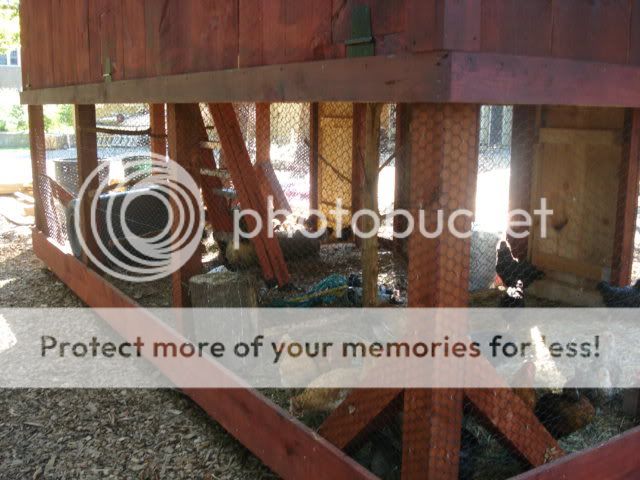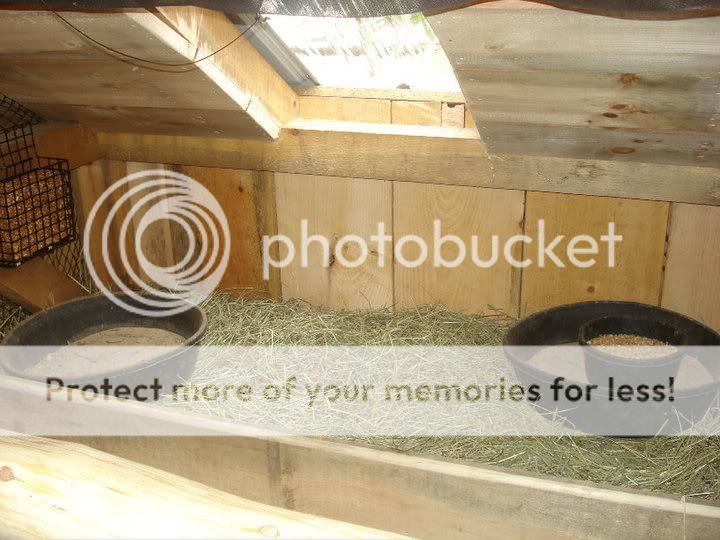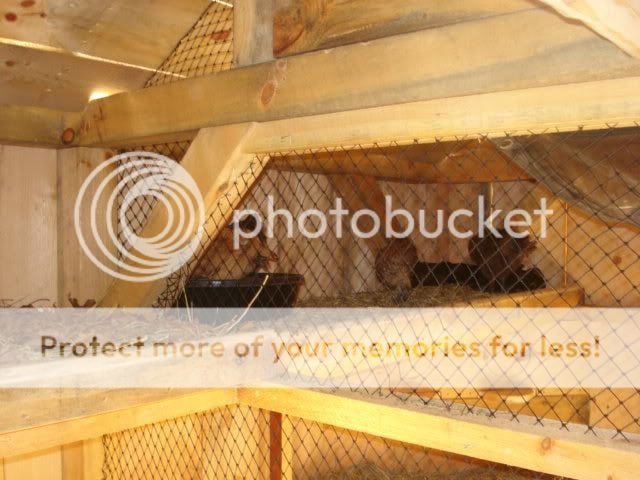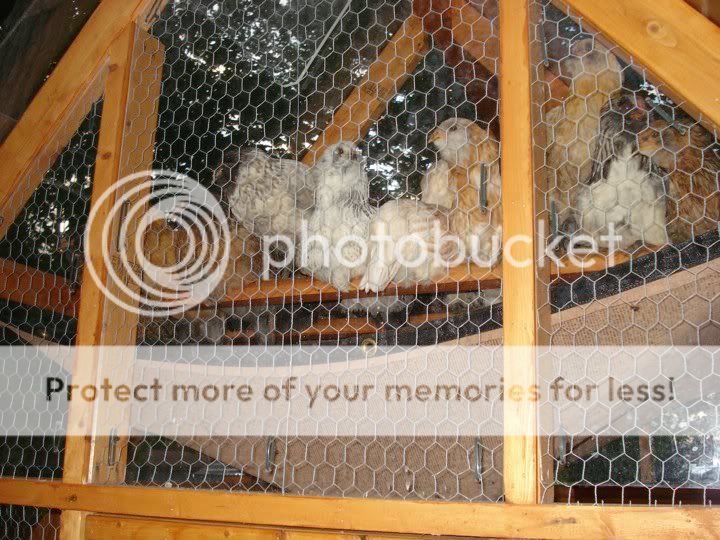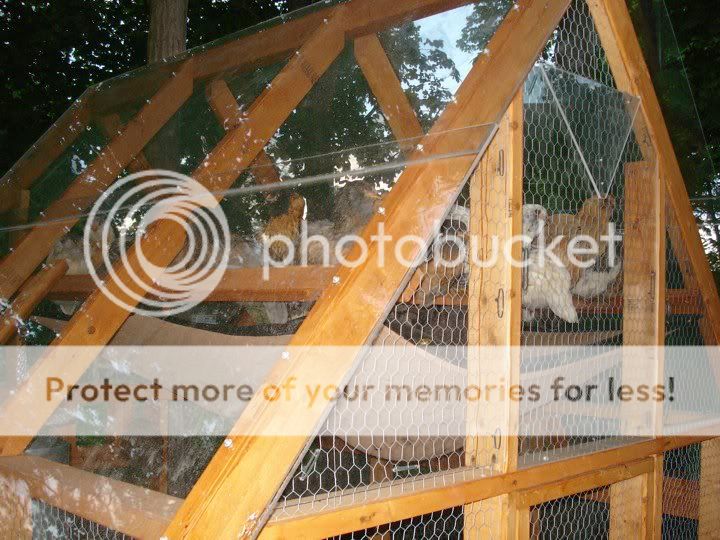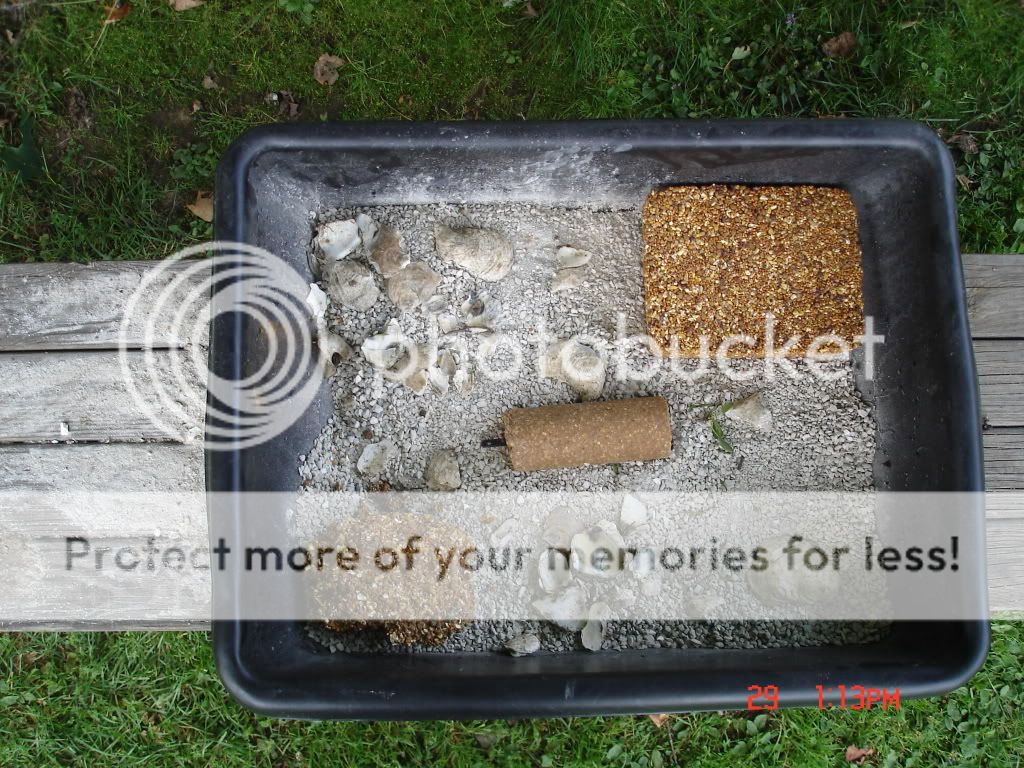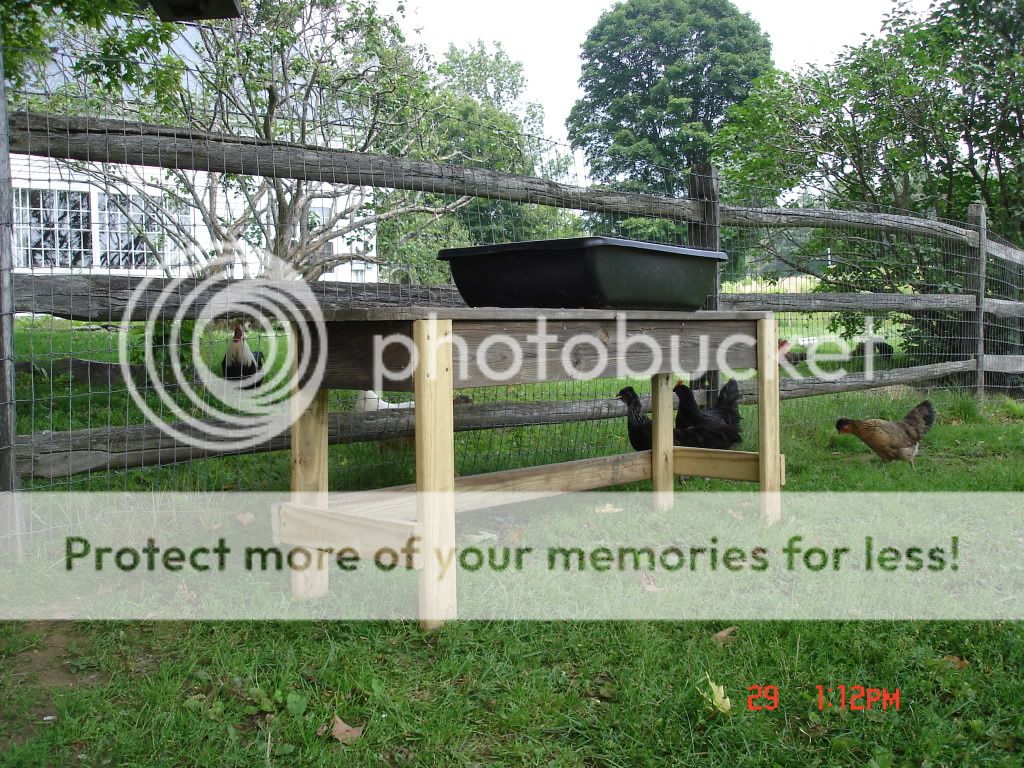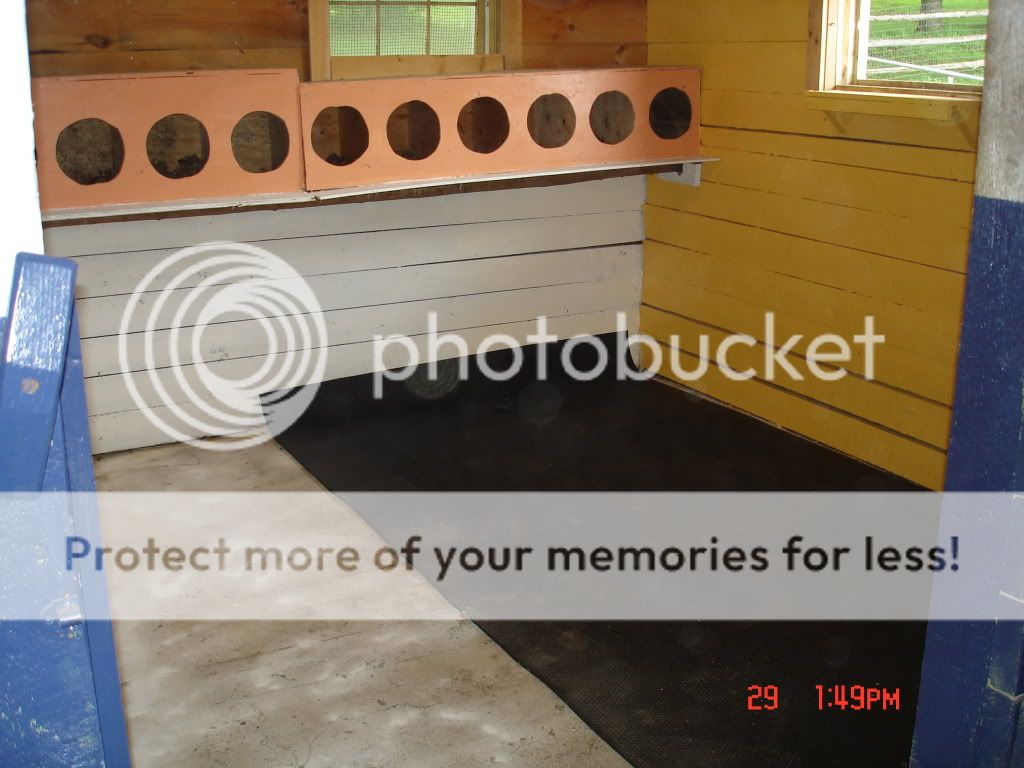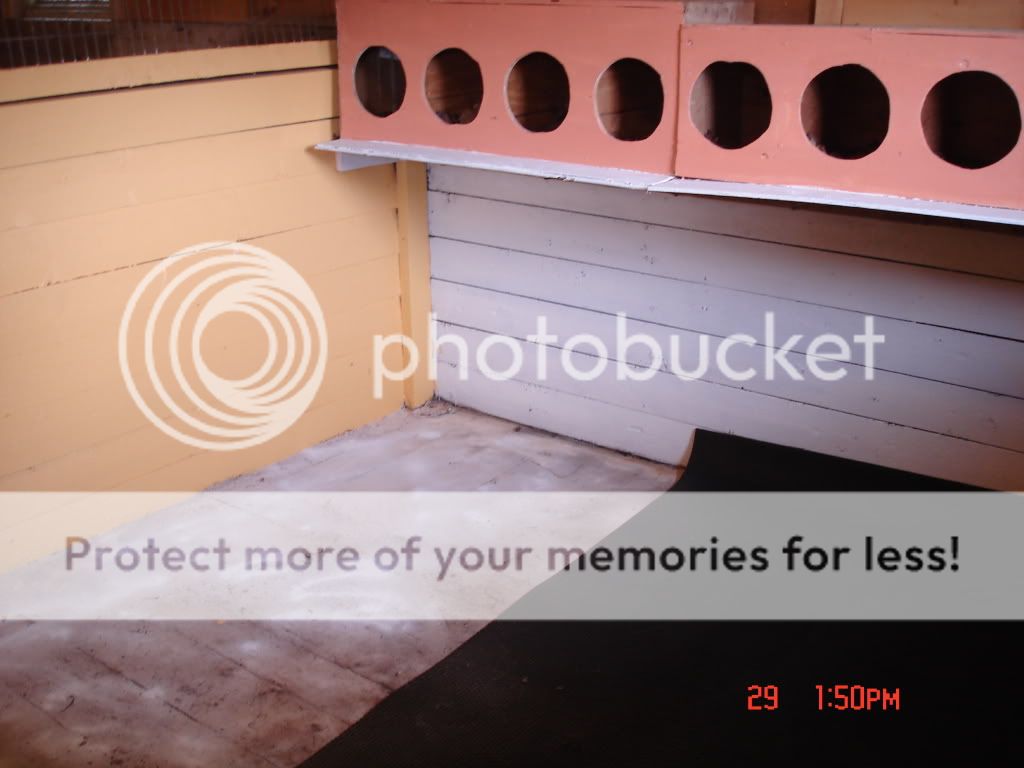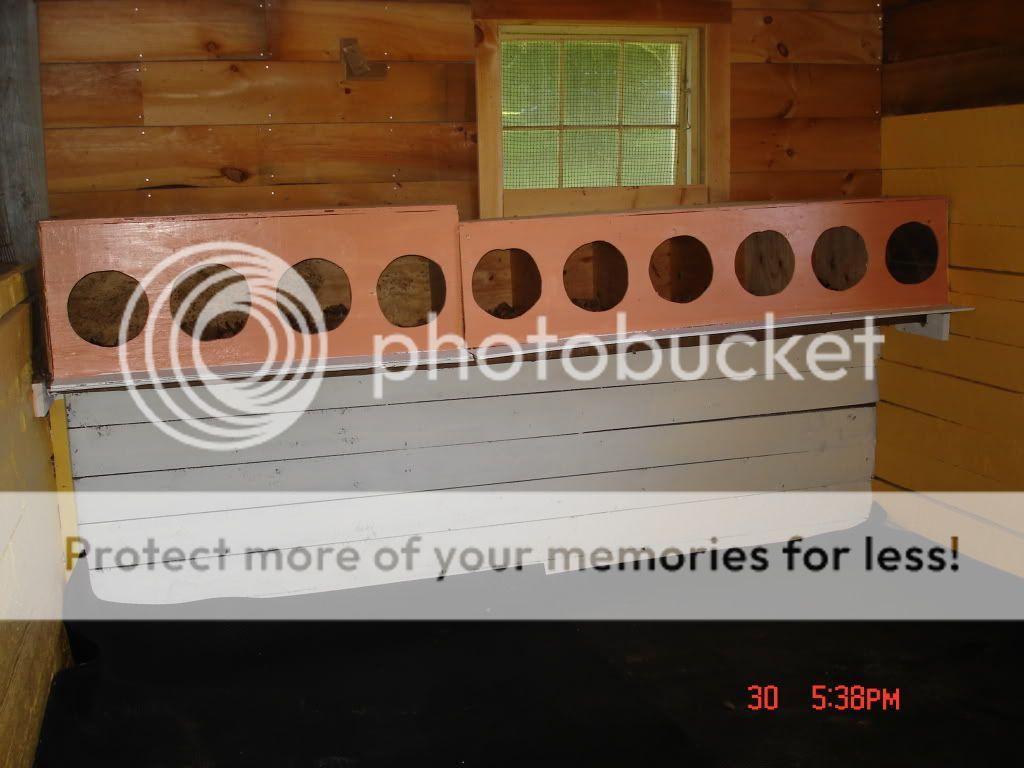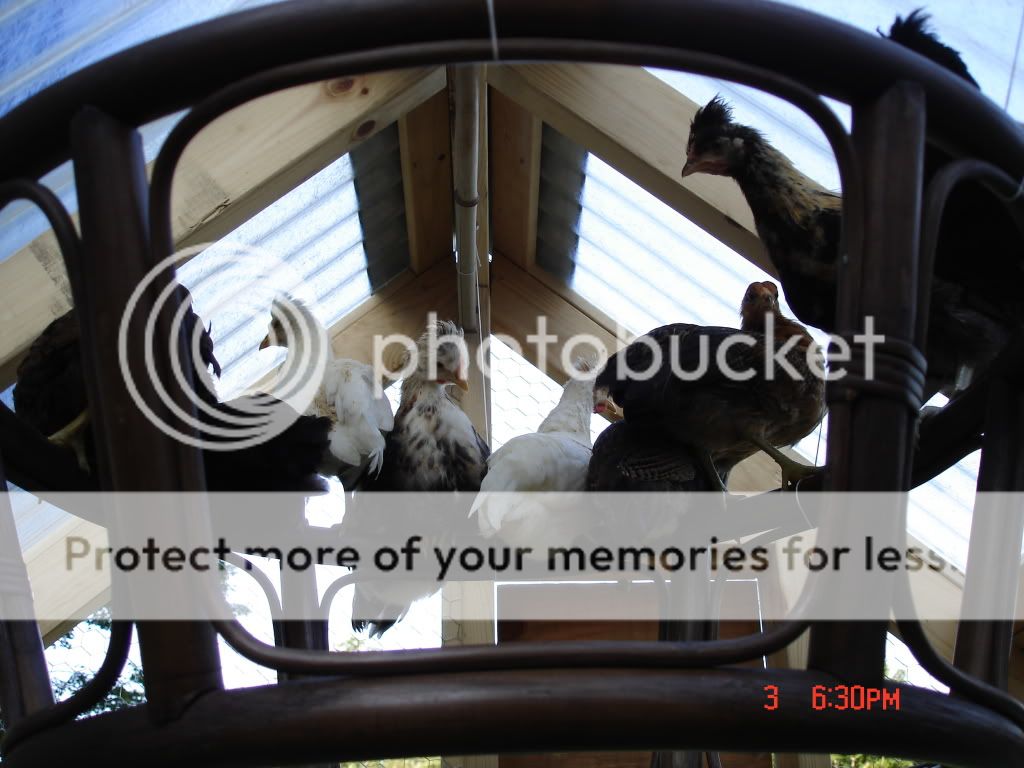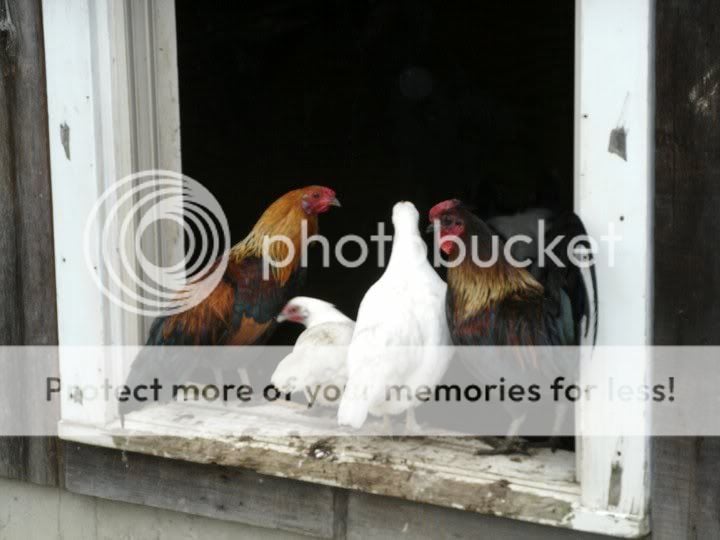
It's about time to get ready for winter. I'll try and cover a few topics that relate to maintaining your invaluable backyard flocks right through the winter and improving their health along the way.
Last edited:
Follow along with the video below to see how to install our site as a web app on your home screen.
Note: This feature may not be available in some browsers.

